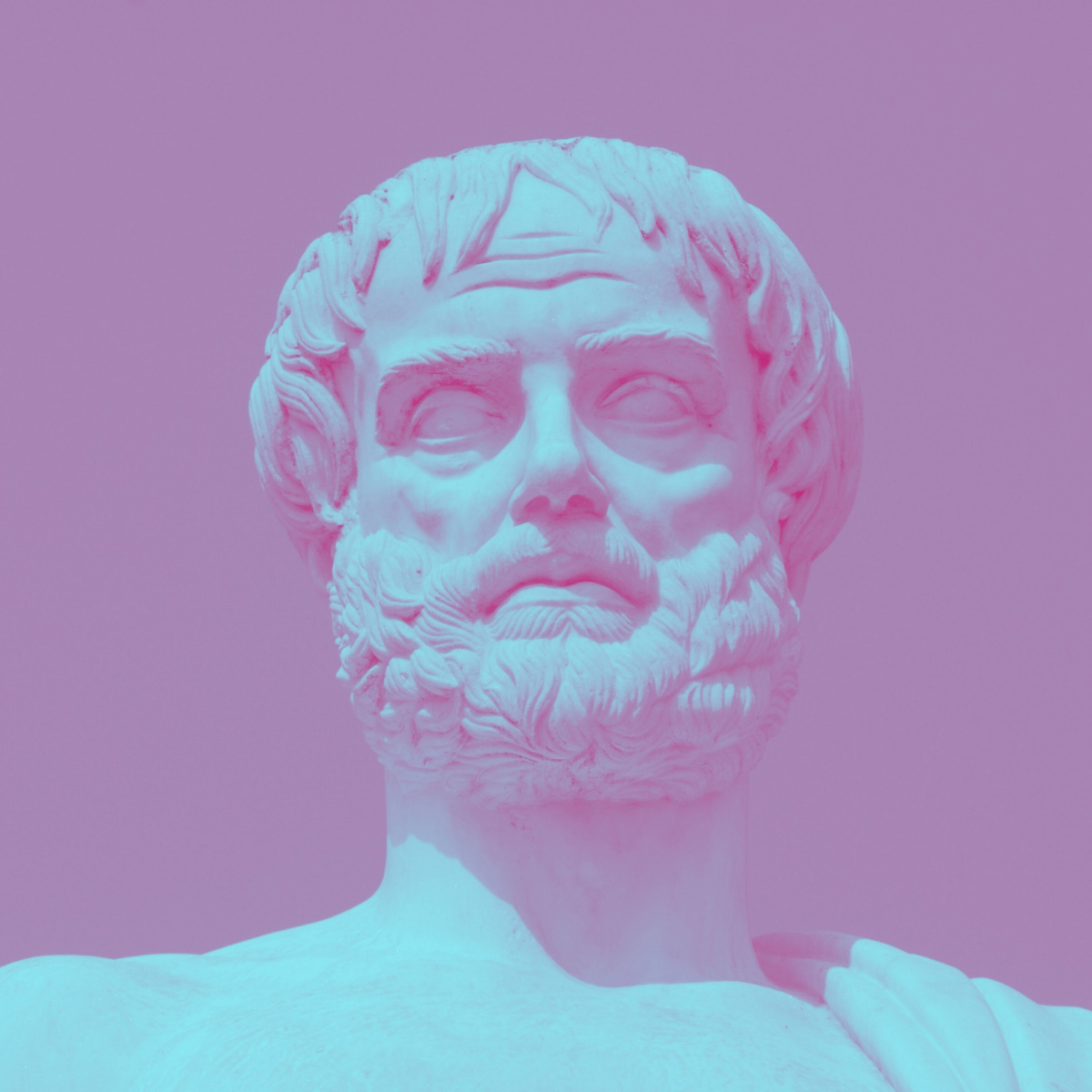A Breakdown of my Narrative for Amaze x Adobe Express Integration
How ancient Greek rhetoric powers modern storytelling.
I talk (and read) a lot about storytelling and narratives. Templates, frameworks, styles—you name it, I’ve probably consumed it. The Hero’s Journey? Old Game, New Game? Agitate, Excite, Assure? I’ve studied them all. But at the core of every great story, there’s something ancient and timeless: the principles of ethos, pathos, and logos.
If you missed your Philosophy class in high school or college, let me offer you a crash course on the Greek pillars of persuasion.
The ancient Greek secrets to persuasion
At its essence, every story that resonates—whether it’s a marketing campaign, a speech, or a conversation—needs to connect with people’s trust, emotions, and reason. That’s where ethos, pathos, and logos come in.
Ethos: Persuasion through credibility or authority. It answers the question, “Why should we listen to you?” Are you experienced? Trustworthy? An expert? If the speaker lacks ethos, even the best arguments will fall flat.
Pathos: The emotional appeal. This is how you make your audience feel. Do they sense pride, hope, or excitement? Or do they feel urgency, anger, or empathy? Emotions move people to act faster than logic alone.
Logos: The logical appeal. This is the reasoning, facts, and data that back your argument. It’s how you convince people that your solution isn’t just good—it’s inevitable.
With these in mind, let’s dive into a real-world example: the narrative I crafted for the Amaze x Adobe Express integration launch campaign.
From Great to Extraordinary: Breaking down the narrative
Opening Lines:
"Here’s to those who’ve already made their mark—those who dared to create something the world can see, feel, and wear with pride."
This opening builds pathos by celebrating creators. It stirs pride and a sense of accomplishment while honoring their journey. The emotional resonance creates an instant connection.
Setting the Stage for More:
"But the journey doesn’t end here. In fact, it’s just beginning. Imagine your art, your vision, your passion—taken to a level you’ve only dreamed of."
The transition taps into pathos again, evoking excitement and possibility. Words like dreamed of and passion draw the audience into a hopeful and aspirational mindset.
Building Trust and Credibility:
"At Amaze, we’ve stood by millions of creators, empowering them to turn ideas into something tangible, something real."
This is pure ethos. Amaze’s credibility as a platform that has already supported millions of creators establishes trust. It shows authority and experience, reinforcing why the audience should listen.
Delivering the Vision:
"Now, with Adobe Express integrated into Spring by Amaze, the possibilities are endless. These are more than just tools—they’re the keys to unlocking a new level of creativity."
Here, logos shines. The integration with Adobe Express is a logical enhancement to Spring’s offering. By introducing a partnership with a globally recognized tool, the narrative provides a factual reason to believe in the product’s capabilities.
Elevating the Offer:
"Imagine exploring new styles, and bringing professional-grade design to your apparel, tumblers, accessories, wall art, and more."
This continues the logos appeal, giving concrete examples of how the integration directly benefits creators. Practical, actionable imagery helps make the promise feel achievable.
Emotional Call to Action:
"Your next chapter awaits. Step into it, and watch as your vision transforms into something extraordinary the world has never seen before."
The narrative closes with pathos, inspiring the audience to take action. The emotional weight of stepping into a new chapter and achieving something extraordinary resonates with the aspirational nature of creators.
Why this works
This narrative succeeds because it balances ethos, pathos, and logos seamlessly.
Ethos establishes trust: Adobe, Amaze, and Spring by Amaze are credible platforms with proven success.
Pathos creates excitement: The emotional appeal celebrates creators and inspires them to imagine their next chapter.
Logos makes it convincing: The practical benefits and examples show how the integration will help creators achieve their goals.
The Takeaway
If you want to create narratives that persuade and inspire, you don’t need the latest buzzwords or overcomplicated frameworks. Go back to the classics. Ethos, pathos, and logos are the foundation of every great story—and every effective marketing campaign.
So the next time you’re crafting your pitch, presentation, or brand story, ask yourself:
Ethos: Why should people trust you?
Pathos: How will you make them feel?
Logos: What logic will make them believe?
And if you’re ever in doubt, remember: even Aristotle had to convince people. Chances are, his toga pitch wasn’t perfect the first time either.






